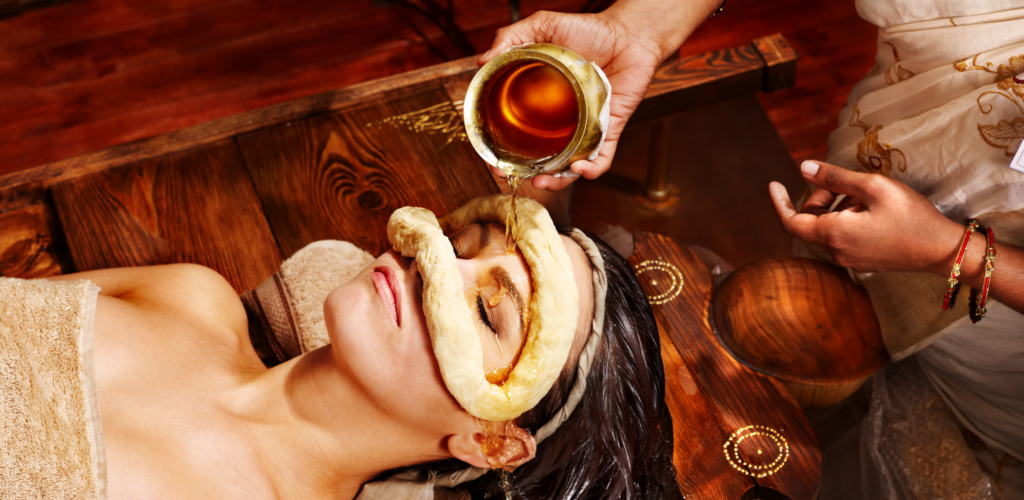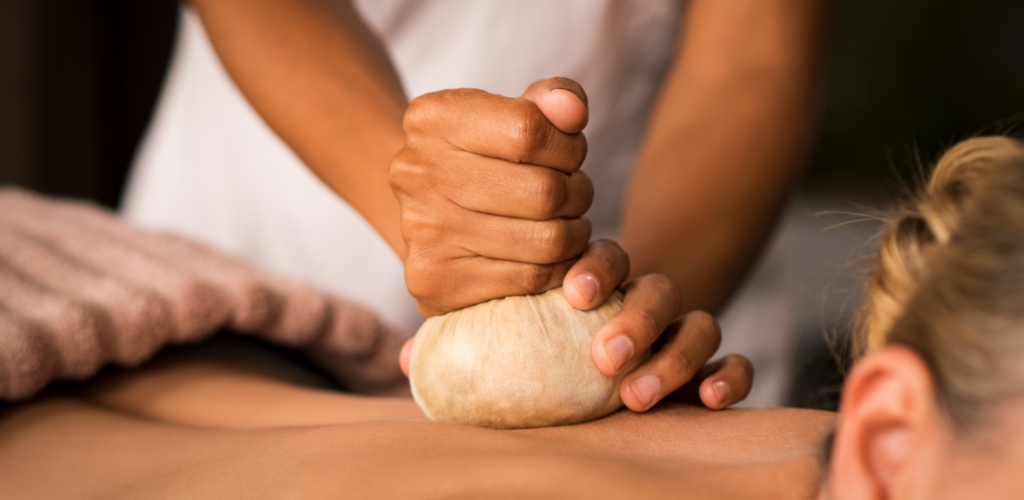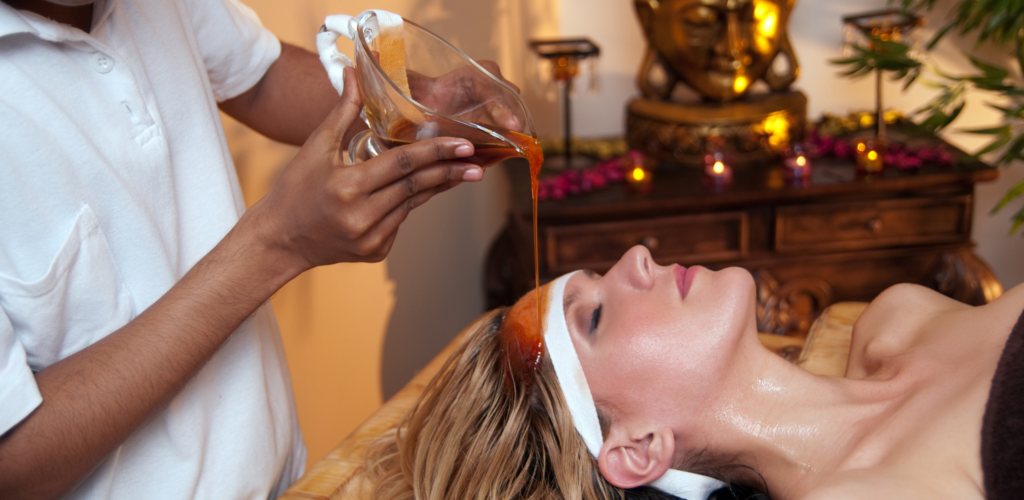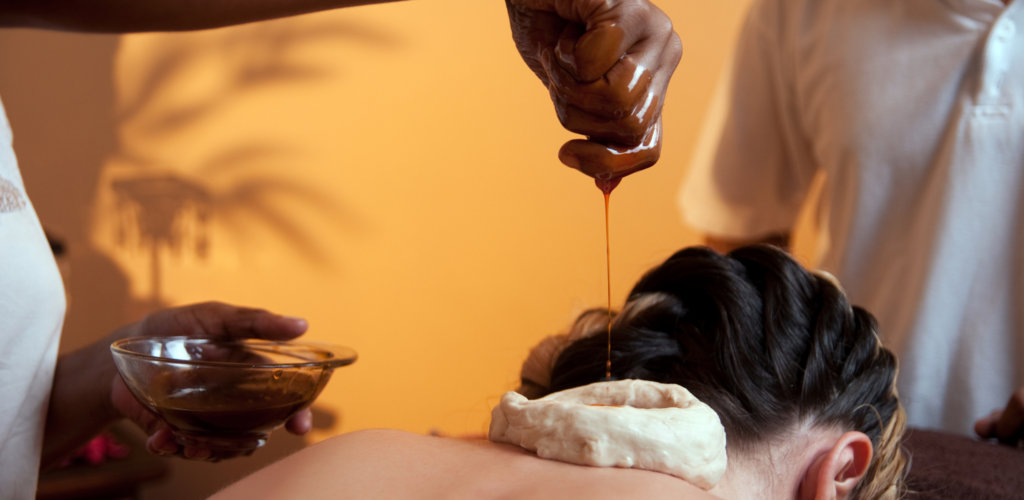Ayurveda has rightly emphasized that health is not only the state of not having disease but, it is the state of normalcy of Dosha, Dathu, Agni and Malakriya. It also includes the Prasanna Atma (soul), Indriya (sense organs) and Manas (mind).
Three doshas of the body, Vata, Pitta and Kapha, which broadly represent the nervous system, the metabolic system and the nutritive system, keep the human body in balance. Whenever the delicate balance between these doshas is disturbed, a disease may be manifested.
The main objective of the Ayurvedic system of treatment is to restore the original state of equilibrium between the doshas. In order to achieve the same Ayurveda has advocated certain regimens and treatment modalities such as Dinacharya, Rutucharya, Vega Adharana, Rasayana–Vajikarana and Panchakarma.

Panchakarma is a method of cleansing the body of all the unwanted waste after lubricating it. Panchakarma are 5 (five) in number; hence the term PANCHA (five) – KARMA (procedures). Panchakarma treatment is unique in the sense that it includes preventive, curative and promotive actions for various diseases.
The body can be divided on the basis of the parts that need cleansing. Head, GIT (gastro- intestinal system), upper and lower. The five main Karmas to cleanse the complete body are
induced vomiting helps clear the upper gastro till the duodenum (end of stomach) and part of the respiratory tract.
induced purgation clears the lower gastro from the duodenum (end of stomach) till the exit.
Oil enema helps lubricate the rectal area and take out all the lipid soluble waste out through the anus.
nasal instillation of medicated substances helps clear the respiratory tract and para-nasal sinuses.
decoction enema cleanses the area from the transverse colon till the anus.


The complete process of Panchakarma consists of three steps.
Poorva Karma, which is the preparatory procedure required before the main procedure to enable a person to receive the full benefits of the main treatment. It consists of two main processes – Snehan (oleation) and Swedan (fomentation). These methods help to dislodge the accumulated poisonous substances in the body, thus preparing them for their complete removal.
On completion of the first step, it is decided which of these are to be done depending upon the proximity of the waste. An increased level of upper respiratory tract waste shall call for Vamana. Similarly, a lower gastro accumulation of waste calls for a Virechanam.
Paschaat Karma or the post-therapy dietary regimen to restore the body’s digestive and absorptive capacity to its normal state.


Discover Your Path to Wellness:
Free Ayurvedic Consultation. Our experienced doctor offers personalized guidance for optimal health and balance. Book now to embark on a journey of holistic well-being.
Thank you for visiting Gaurprabha Ayurveda and Panchakarma Centre, Mira Road.
We provide comprehensive solutions to assist you in reaching your best possible health and well-being. Using traditional Indian knowledge and techniques as a basis, our skilled Ayurvedic physician, Dr Priyanka Jadhav Methe, offers individualised care to target the underlying causes of your health issues.
Website Engineered with ❤️ by GigaWebZone